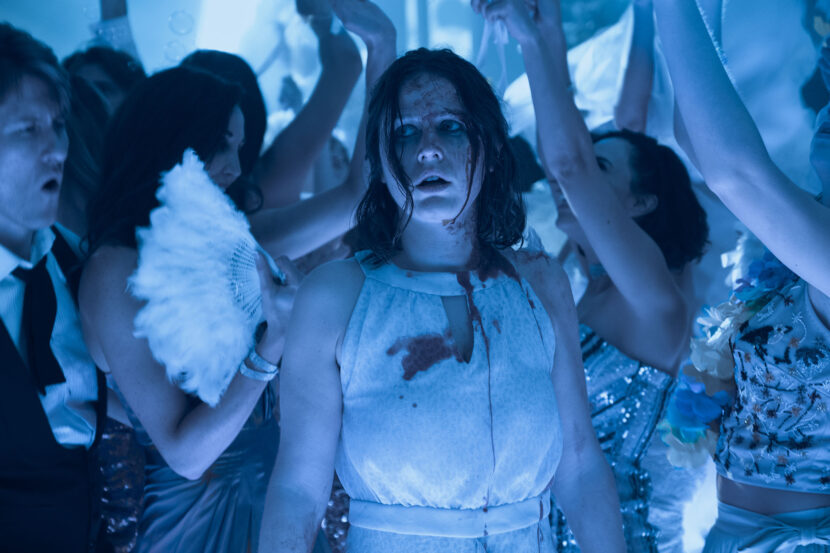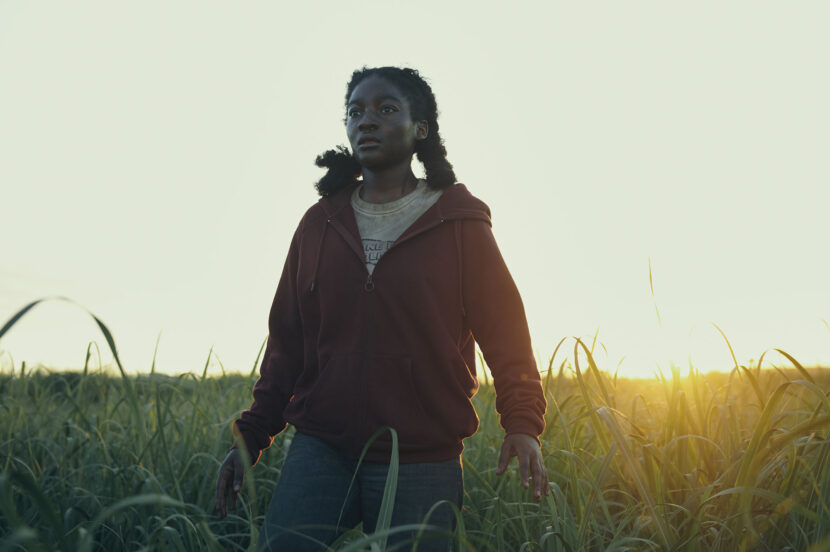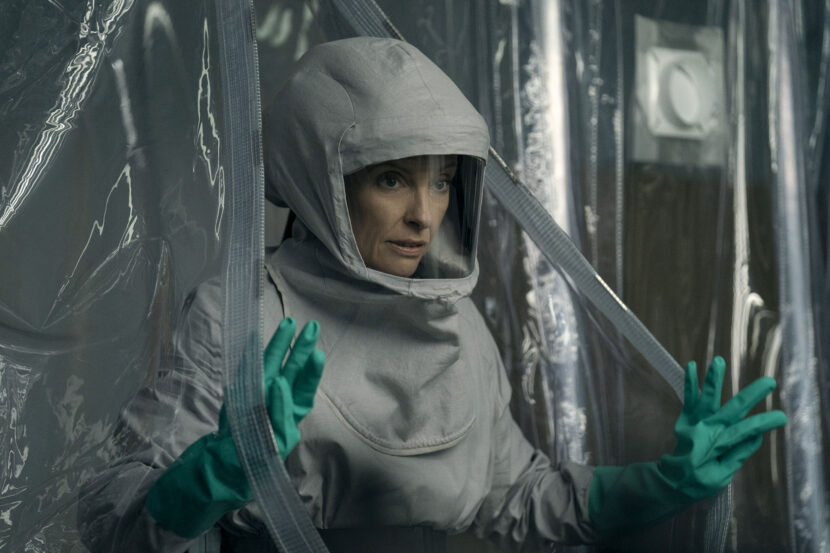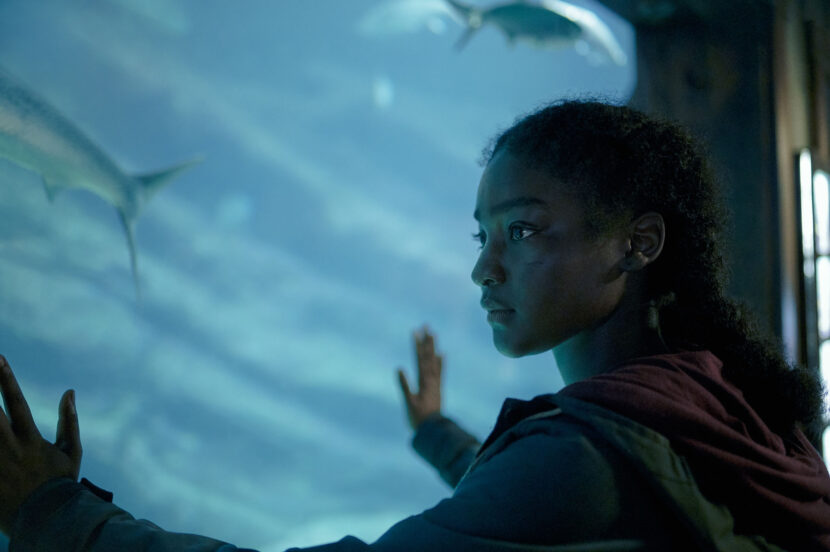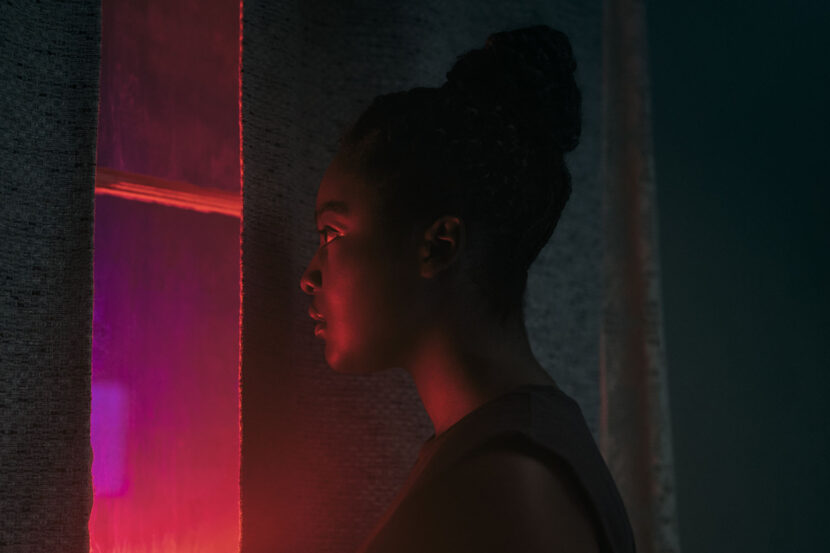The Power is a British science fiction drama television series developed by Raelle Tucker, Naomi Alderman, Claire Wilson, and Sarah Quintrell for Amazon Prime Video. It is based on Alderman’s 2016 novel of the same name.
The first season consists of nine episodes and premiered on March 31, this year. The world of The Power is the current world but for one incredible key twist of nature. Suddenly, and without warning, all teenage girls in the world develop the power to electrocute people at will.
It turns out that this is hereditary, and that it is an inbuilt evolutionary ability, that can’t be taken away. Aware of such lethal power and the ability to even kill by releasing electrical jolts from their fingertips, changes the power dynamics of society. The teenage girls soon learn they can also awaken this Power in older women. Soon enough nearly every woman in the world can do it. And then everything is different.
The series follows a wide cast of characters from London to Seattle, Nigeria to Eastern Europe, as the Power evolves from a tingle in teenagers’ collarbones to a complete reversal of the power balance of the world. The Power has been praised for its strong female characters, its exploration of power and gender, and its timely and relevant subject matter. The film also had female creative leadership behind the camera with a much stronger percentage of department heads, directors, and creatives proudly identifying as women.
The visual effects for the series were handled by Union VFX in the UK, we spoke to Union Managing Director Lucy Cooper and lead visual effects supervisor and creative director, Simon Hughes. In total the team did 563 shots over the 9 episodes. The team worked for about 1200 days, in two teams coordinating 122 artists. “It’s the biggest thing we’ve ever done here at Union, in terms of like sheer volume and ambition,” Lucy points out. The scope of the work was primarily story-driven electricity effects but it also encompassed creature work, plane crashes, some crowd environment work, and invisible effects. The production was shot in Canada, Africa, and the UK. Effects were also provided by LenscareFX (~400 shots).
Sparking and the Electricity Arcs
The showrunners were keen for Union not to provide visual effects in the superhero ‘visual territory’, the feel of the program being closer to shows such as The Handmaid’s Tale or Killing Eve. While not real, the whole team tried to keep the effects grounded. “There was a lot of conversation, and a lot of science, – a 50-page document about electricity and the construction of eels, that was shared amongst everyone,” Simon recalls. “I did a lot of research and some R&D which lead to a test before we shot, at Ealing Studios…we just basically said please just shoot the kind of performance you guys are thinking about. I don’t think about visual effects just think about where you want this to go.” The test in Jan 2020 explored small sparking and finger contacts, with everyone aiming to be sensitive about finding a very emotive performance, rather than something that’s just about visual complexity.
Union used a variety of effects approaches, from drawn-on paint techniques, X_Tesla procedural nodes in Nuke, to arcing simulations in 3D. In the end there was only one scene in the series that used extensive practical spark effects when Ria Zmitrowicz as Roxy Monke attacks her mother’s killer and Terry is shot.
Some of the VFX shots were in full daylight making the work of balancing the effects while still allowing the audience to read them visually tricky. At times this work was exact, with all of the capillaries traveling across the skin, and tiny amounts of contact lighting on the fingertips and on the sides of characters.
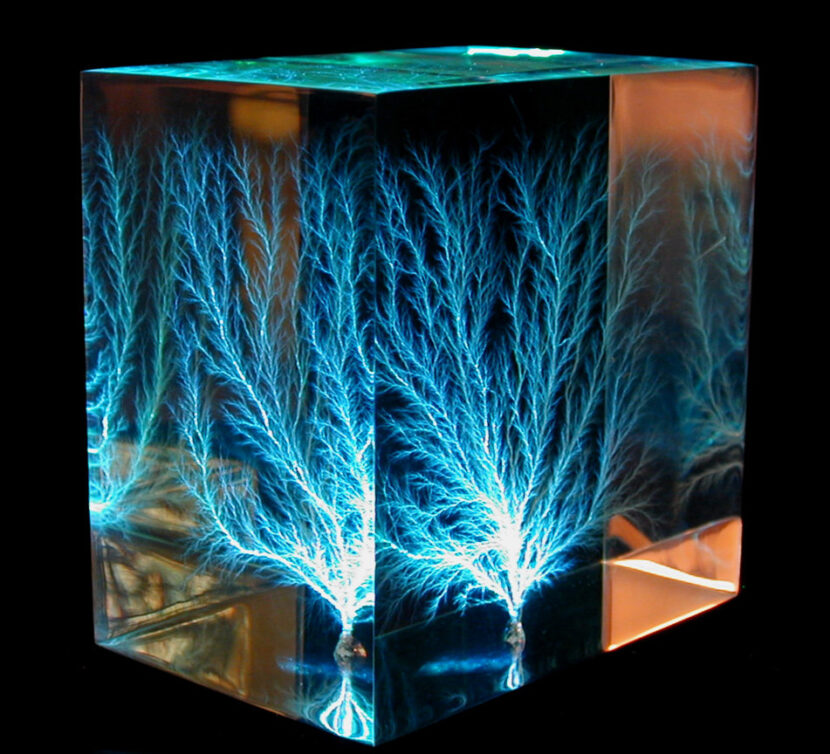
Author A@ capturedlightning.com
The team referenced Lichtenberg figures of branching electric discharge, both directly and to inform various skin branching often seen on someone who has been near a lightning strike. Planar Lichtenberg figures are also often seen along insulating surfaces with the classic ‘3D electrical trees’ visible sometimes on insulating materials. “With any of that kind of really nuanced work, that you can barely see it, there is a lot of discussion and effort in dialing it back just enough’” Simon outlines. “A lot of effort also went into getting things like body tracks and facial tracking.” For the facial deformations caused by the Power, the team used Keen Tools for face-head tracking.
The Power is also seen beneath the skin across the collarbone and in the ocean during the scene nicknamed the Baptism. These shots required more of a glow than a spark. While the production did attempt practical lighting in the ocean, the tides and waves made filming practically extremely difficult. It was key to not disrupt the actors with rigs and the actual shot was quite improvised with everyone not wanting to be too prescriptive as they were “fighting the tide, and fighting the sun coming up,” says Simom. “We had maybe a 40-minute window when we were standing there… so there is no time to rig things. Plus you’re getting dragged around by the current everywhere.” In the end, there was only one shot in the scene that had practical water lighting, the rest was digital. Additionally, the team wanted to creatively explore a flow that suggested bioluminescence but was still an electrical discharge that the audience understood was coming from Alliw, played by actress Halle Bush.

